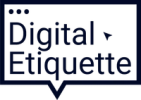
Digital Etiquette: Mind the generational gap
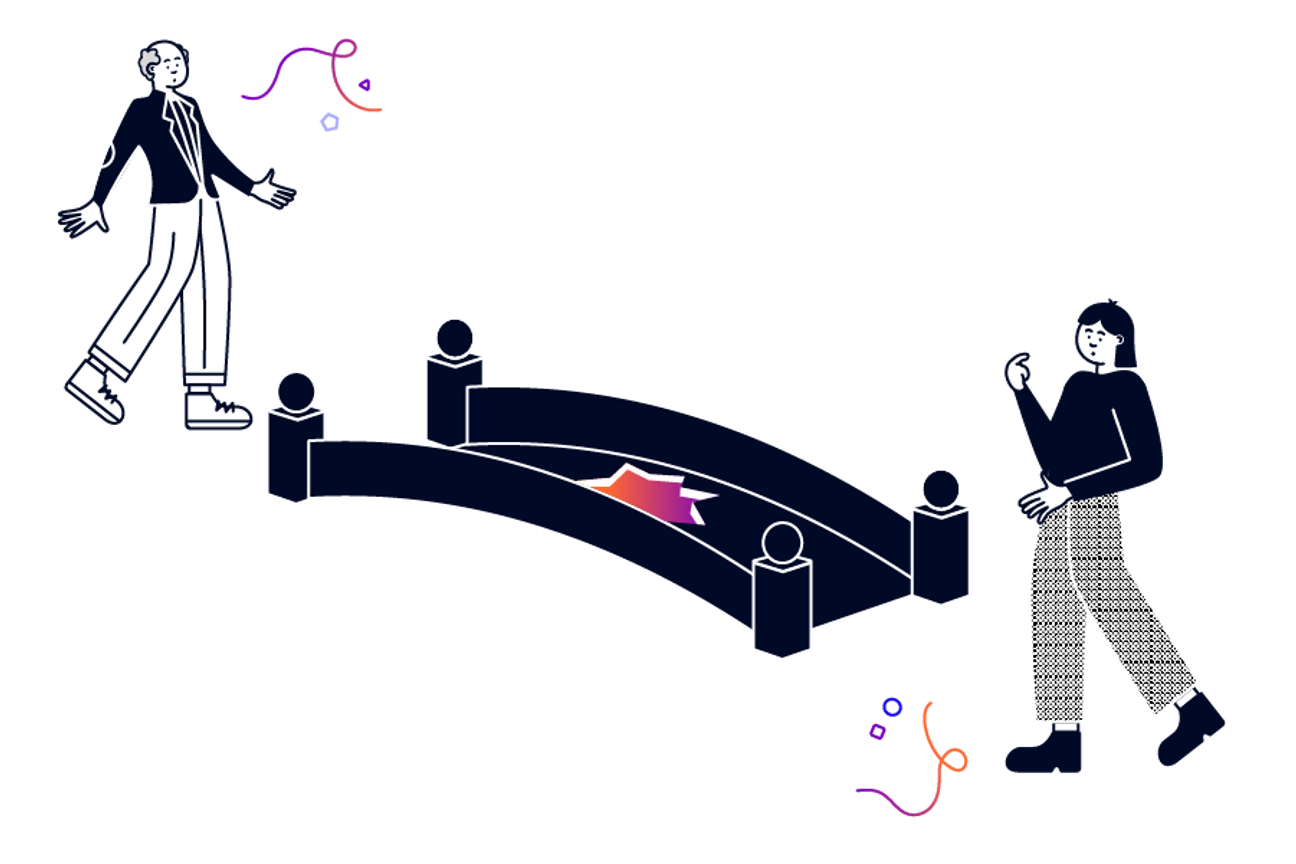
With an ageing workforce and upwards of four generations in today's workforce, managing and leveraging generational differences is essential for any forward-thinking business.
Dr. Eliza Filby
Historian of Generational Evolution
In the last few years, the world of work has transformed significantly, affecting where we work, how we work, the tools we use, and much more. Now, for the first time ever, there are four generations working alongside each other, learning how to coexist in a workplace that changes at a breakneck pace. How are business leaders and employees cultivating ways of working that support generational differences, allowing for harmonious collaboration and improved productivity? We wanted to learn more about how the four generations in the workplace get along and how organisations are—or are not—seeking to improve intergenerational work.
We surveyed 4,000 knowledge workers* across the UK, US, Canada, Australia, and Germany to understand both the pain points and untapped potential in intergenerational enterprises. We also sought to discover how business leaders can adapt to cater to the modern workplace’s challenges.
The research reveals many valuable insights:
- Which generations effortlessly adopt new tools?
- Which generations struggle to adapt?
- Can AI help bridge the gap between the generational divide or will it exacerbate it?
The Adaptavist Group believes that our generation does not define us. We are individuals who come together to do great work. This report, paired with Dr Eliza Filby's top tips for business leaders, will equip both employees and leaders with the gentelligence required to not only survive but thrive in the dynamic modern workplace. Read on to discover the report’s eye-opening insights.
What is an intergenerational workforce and how does it affect me?
Look around your office or Zoom call and consider how many different generations are working side-by-side.
What are the benefits of intergenerational workforces? And what are the daily challenges colleagues must solve for optimum collaboration and productivity?

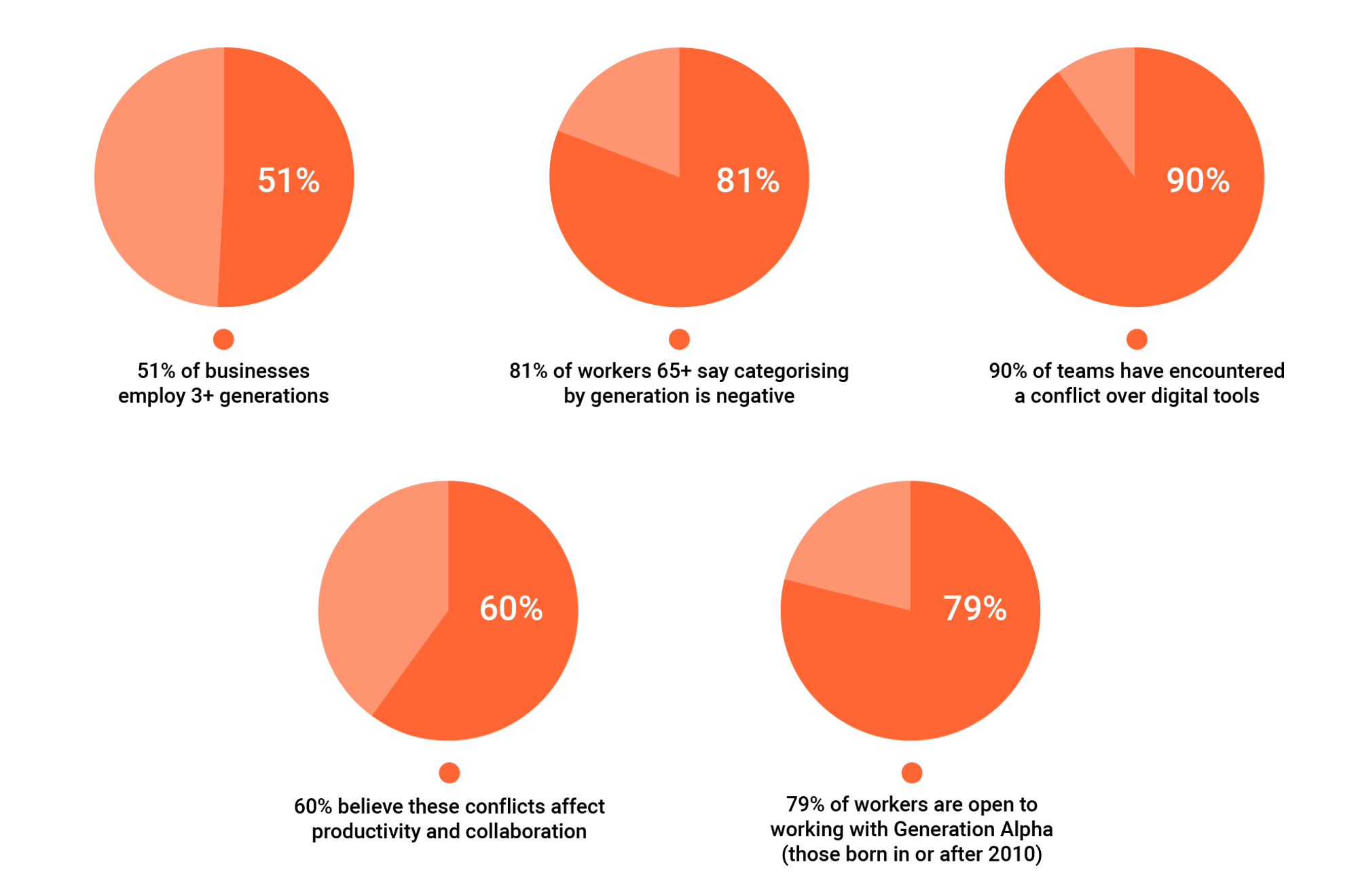
Today’s workplaces transcend different age groups, but this results in clashes where tech tools, information landscapes, and communication styles collide.
As Generation Z exerts its transformative influence on business operations, an even more disruptive force is on the horizon. In just four years, Generation Alpha will enter the job market. Some visionary businesses have already recognised the value of cultivating the next generation of innovators and are adapting their operational strategies accordingly.
The generational gap is about more than just years—it's about navigating vastly different digital worlds.
Through a lens—how we view different generations
So, how are the generations viewed in the workplace?
From Generation Z's tech-savviness to Baby Boomers' technophobia, our data explores how colleagues view each generation.

Generation Z
Easily distracted, poor attention to detail, and lazy—but sociable and highly tech-savvy.

Millennials
Easily distracted but organised, sociable, and efficient.

Generation X
Bossy but efficient, organised with a strong work ethic, and sociable.

Baby Boomers
Bossy, disciplined, slow, and forgetful technophobes.
Technological fluency drops as employees age, but younger team members are viewed as less focused. These responses suggest older generations would benefit significantly from better tool training, while younger workers need support to help them become less distracted.
But how does this confluence of generational perspectives actually affect work?
The impact on the workplace
Now, we focus on a cornerstone topic: the impact on the workplace.
What are the tangible effects of the generational gap on productivity and team dynamics?
We uncovered video call chaos, email response reluctance, and digital communication divides.
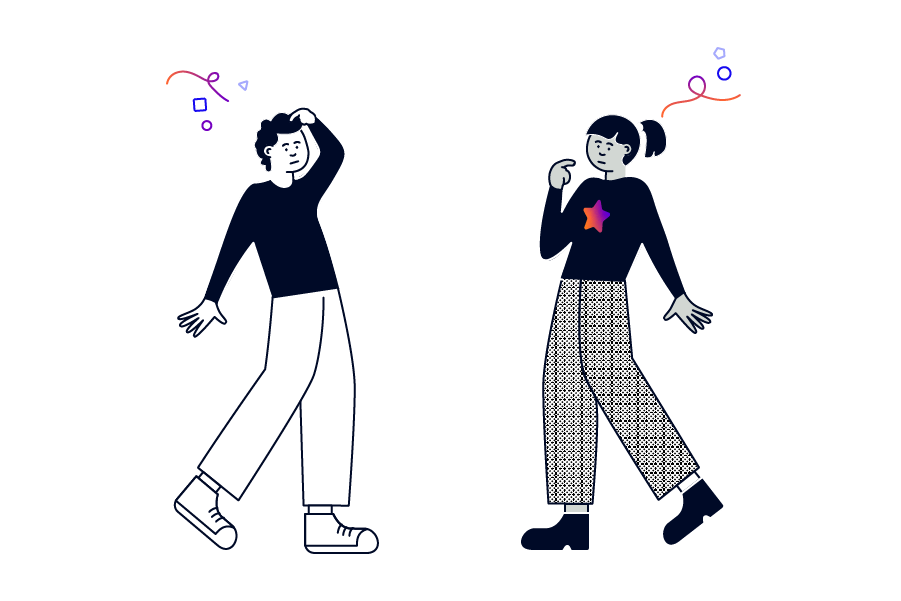
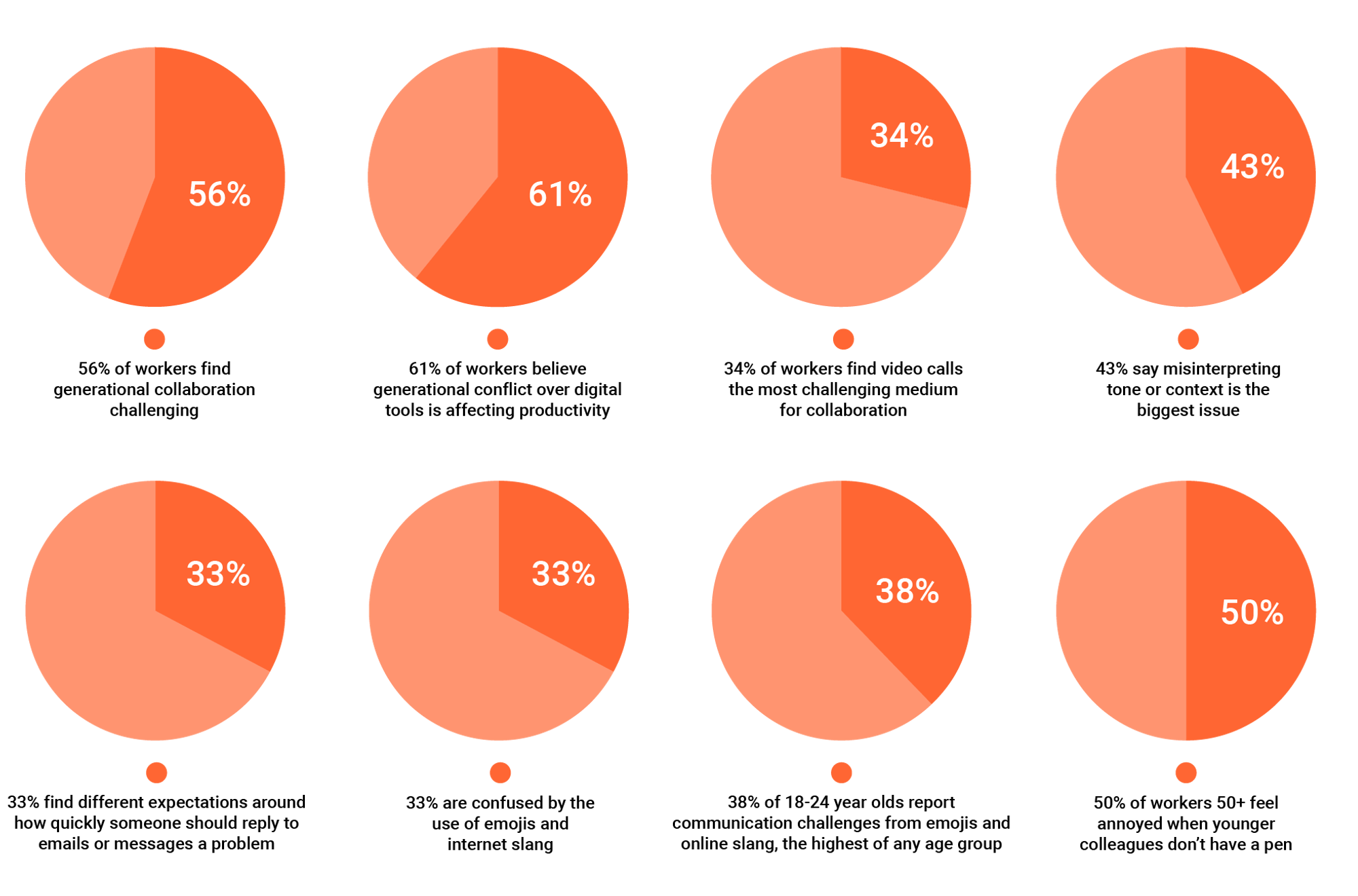
Despite these startling findings, over half of workers believe generational labelling is bad, with older workers far more likely to disagree with being pigeonholed. It’s imperative that teams enhance intergenerational collaboration and shared tool training to close understanding and communication gaps between age groups, and position them on a more equal footing.
But how do we champion everyone uniquely while catering to the needs of different age groups at work?
Adapting collaboration across generations
It’s not just communication preferences driving the divide. Generations also have varying experiences fitting into today’s ‘work from anywhere’ model.
How does each generation fare in this new work landscape?

Adapted best to hybrid work
Generation Z
35%
Millennials
30%
Generation X
14%
Baby Boomers
7%
Impact of work location on productivity
Generation Z
27%
Millennials
19%
Baby Boomers
18%
Generation X
13%
Impact of work location on collaboration
Generation Z
24%
Baby Boomers
23.6%
Millennials
17%
Generation X
13%
The most difficult to collaborate with
Generation Z
28%
Baby Boomer
27%
Millennials
13%
Generation X
11%
Generation with the most different communication style
Baby Boomers
32%
Generation Z
30%
Millennials
19%
Generation X
14%
It’s evident that respondents perceive younger generations to have emerged better suited to the changes in the workplace. Managers should consider how they can provide extra support for those who struggle with changing work locations and how it affects collaboration and communication with their teammates.
War of the tools
In the digital arena, tools are both a source of conflict and a bridge between generations.
With so many options, preferences, and styles of working, it’s no wonder that:

90%
of workers experience conflict over digital tools.
90%
of global workers agree that tools help bridge the gap between generations. Crucially, it must be the right tools.
29%
of Generation Z already use AI more than any other tool, showing a strong preference beyond other age groups.
10%
of older workers use ChatGPT more than any other tool, however!
57%
of Generation Z use more tools than a year ago, more than any other age group.
40%
of 55-64 year olds use more tools than last year—impressive innovation from older workers.
59%
of men feel they have the right tools, compared to 50% of women. This hints at a possible ‘tool gap’ akin to the gender pay gap.
76%
of 45-54 year olds rely on email as their most used tool. Despite all our innovations, some things never change.
Email's staying power is hardly shocking, especially given its foundation on an open protocol. This openness is unparalleled, enabling us to communicate with anyone, anywhere, hosting our own servers, even. And it's all wrapped in functionality we're all familiar with.
Jon Mort
Adaptavist CTO
The tool landscape is continuously shifting, with emerging tools and AI leaving a large impression across the workforce. However, email’s enduring impact shows that a well-crafted tool will have impressive staying power beyond a usual trend cycle. Nonetheless, organisations should continue incorporating innovative technology into their toolkit alongside reliable long-term apps to remain competitive.
Will AI increase or decrease the generational gap?
The AI age has well and truly arrived. Our data demonstrates that AI tools are utilised across the workforce, from Generation Z to Baby Boomers. But will this tech revolution shift the generational gap for better or worse? Only time will tell.

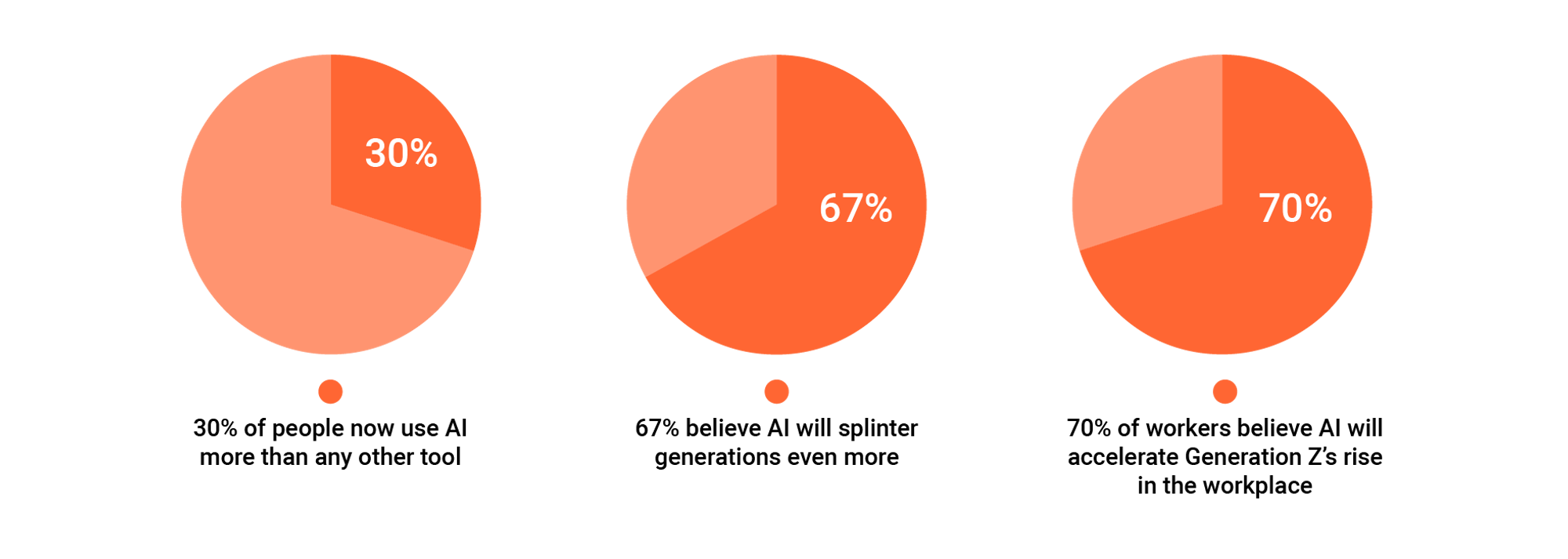
The data reveals that Generation Z’s digital fluency leads them to benefit the most from AI, catapulting their ascent in their organisations. But what cost will this have for worker collaboration?
How the skills gap is affecting our mental health
The gap between digital and traditional communication skills is more than a productivity issue—it's a growing concern for mental wellbeing.
With more people vocal about workplace wellbeing, a significant portion of the workforce say they are anxious about face-to-face interactions and prefer messaging apps. This marks a distinct shift in communication styles at work.
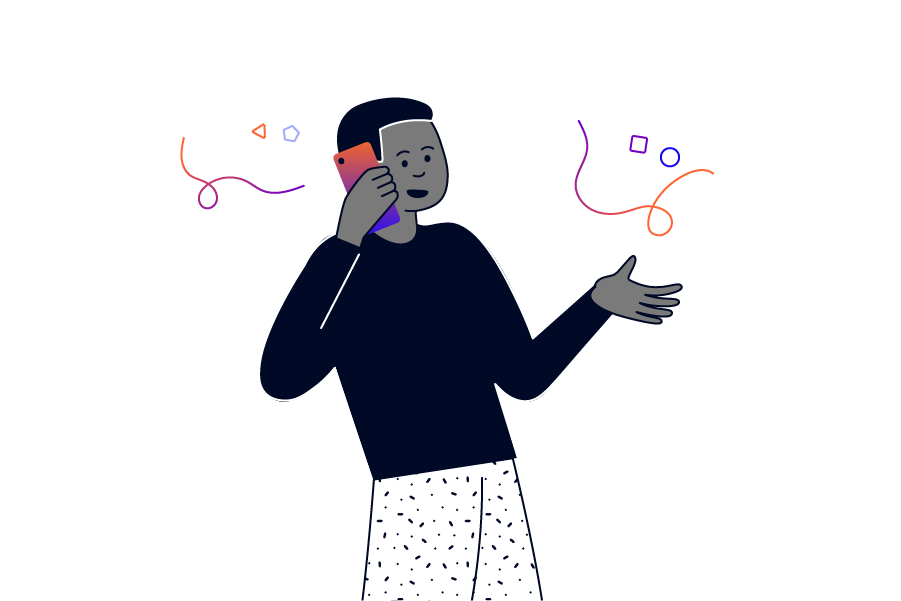
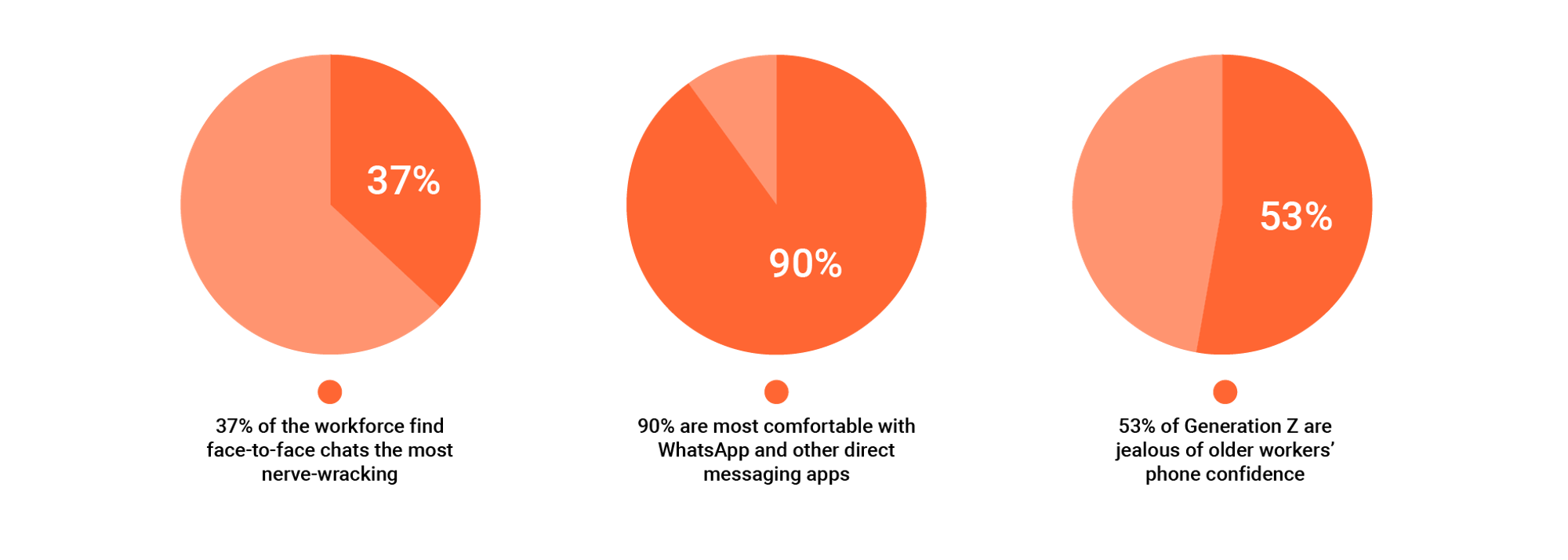
Nervousness, jealousy, and lack of confidence are not desirable qualities that any business leader wants in their team—it seems the more removed the communication, the better the comfort level.
The responses show that to accommodate the evolving needs of younger generations, employers should prepare to offer some flexibility around communication to help assuage nerves and promote confidence.
Bridging the generation gap in the workplace
How businesses address racial and gender diversity is scrutinised, but what about stereotyping different generations within the workplace?
There have never been four generations working together before, and the pandemic and subsequent remote working mandate have made it easier than ever to slip into stereotypes.
The Adaptavist Group believes that our generation does not define us. We are individuals who come together to do great work.

When asked which were the most likely outcomes of categorising employees by generation, workers reported the following:
45%
think categorising employees by generation can lead to harmful stereotypes.
40%
think it could lead to colleagues excluding people.
39%
say it could cause favouritism.
65%
believe older colleagues have a difficult time with new tech.
We also asked respondents how they believed we could break down generational stereotypes. They suggested that a mix of open communication, mentorship, and targeted training could foster an environment where individuals are seen for their unique strengths. Managers who succeed in getting different generations working together on tasks beyond direct business goals will break down barriers, negative perceptions, and stereotypes between age groups.
How organisations can bridge the generational gap
The Adaptavist Group CEO, Simon Haighton-Williams, says, 'In today's workplace, with its blend of ages, digital tools, and communication styles, our research highlights something special: people are making it work. We're managing the complexities of remote/hybrid/office work, AI advancements, and four generations working side-by-side. However, it's a balancing act, and there is clearly room for improvement.
'What's obvious is that most people want the same thing: to be seen as individuals, not generational stereotypes. Businesses face a threefold challenge: cultivating environments where workers feel valued, work cohesively, and have generational differences respected without feeling pigeonholed or labelled.
'So, how do we get there? The path lies in flexibility, understanding, and maybe a new tool or two that actually makes life easier, not harder. It's about building bridges and remembering that, despite our differences, our shared goal unites us.
'Together, we possess the power to shape a workplace where every generation not only feels valued and heard, but is also empowered to drive our collective success into new territories.'
How to manage an intergenerational team
Dr. Eliza Filby recommends her five top tips for managing a multi-generational workplace.
Methodology
To learn more about the methodology or request a visual data slide deck, please email press@adaptavist.com.
*Knowledge workers are workers whose main capital is knowledge. Examples include ICT professionals, software developers, physicians, pharmacists, architects, engineers, scientists, design thinkers, public accountants, lawyers, editors, and academics, whose job is to ‘think for a living’.
